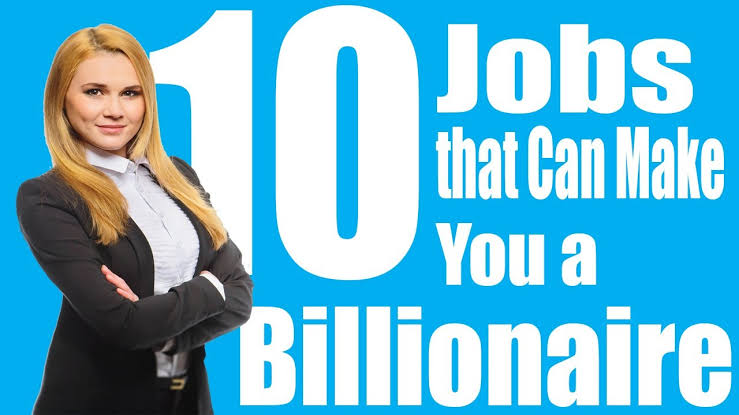Former Peruvian President Alberto Fujimori has passed away at the ripe old age of 86. Here’s what he looked like when he was young. Enjoy his best photos here.
The recent death of Alberto Fujimori at the age of 86 has revived interest in his figure, generating an intense debate about his legacy in Peru and his life from a young age . Known for his administration as president, his image has been the subject of analysis, especially in his younger years. Many wonder what the former president was like before he became one of the most polarizing figures in the country.
What was Alberto Fujimori’s career like as a young man?
Born in Lima on July 28, 1938 , he began his professional life as an agricultural engineer and university rector . His academic training and focus on education led him to a career that, although initially far removed from politics, would prepare him for his surprising rise to power in 1990.

This change of direction was unexpected, since his figure was relatively unknown in the political sphere.

How did Fujimori become president in 1990?
His electoral victory in 1990 was a milestone in Peruvian history. With a promise of change and a focus on economic stability, he managed to attract the support of various sectors, especially the most disadvantaged classes.

However, his rise to power was not without controversy, as his government soon showed an authoritarian character.

What did the former president of Peru see himself as during his years in government?
During his term in office, Fujimori presented himself as a determined and energetic leader. Images from his youth show a charismatic man with a smile that projected confidence.
His style of dress was formal, often seen in dark suits that denoted seriousness and commitment. This image contrasted with the drastic decisions he would take later, such as the self-coup of 1992, which consolidated his power in a controversial way.
Impact of the Fujimori government in Peru
The economic reforms promoted during his administration managed to stabilize the Peruvian economy, which gave him some international recognition. However, this apparent stability was marred by accusations of corruption and human rights violations. The policy of forced sterilizations and the repression of dissent marked a dark chapter in his administration.

The former president’s figure continues to generate divisions in Peruvian society. While some highlight his achievements in the fight against terrorism and economic stabilization, others see him as a dictator responsible for serious abuses. His recent release in December 2023 has rekindled the debate about his legacy and historical memory in the country.
In short, Fujimori’s life, from his youth to his controversial presidency, continues to be a topic of interest and analysis in Peru. His image, marked by achievements and failures, is a reflection of a country in constant search of its identity.














































